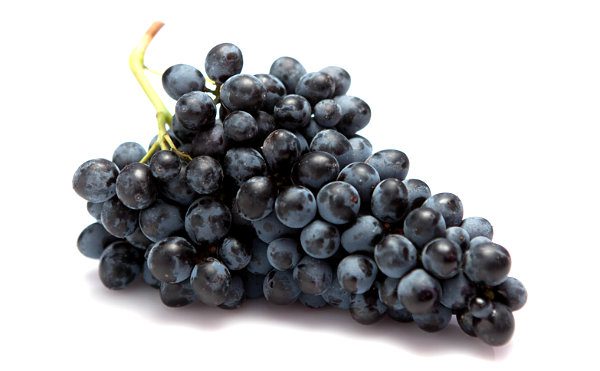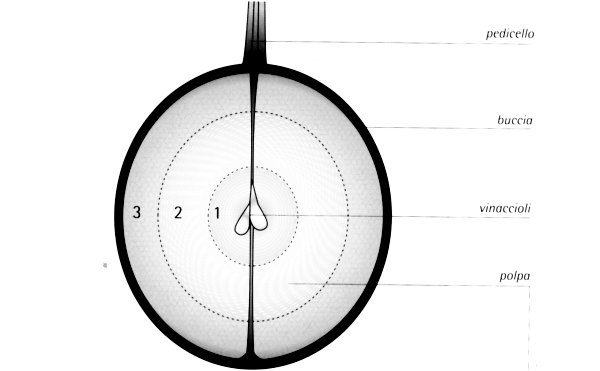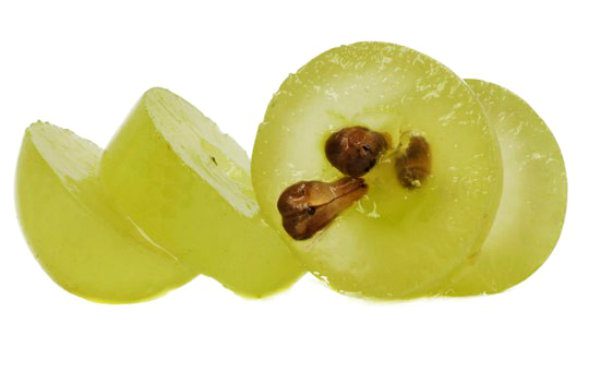Grapes

Bunch
The clusters may be more or less voluminous, serrated or sparse, winged or half-winged, but they always consist of berries. They are placed on a small branch called a stalk or rachis that accounts for 3-5% of their weight. Rich in lignin and cellulose, the stalk contains a lot of water, resins and pectins, but mainly tannins and polyphenols. The tannins contained in the stalks, however, are short and simple molecules, poorly polymerised, which would give the wine a too hard and aggressive character as well as a strong sense of astringency. This is why the stalks are removed in the preliminary stage of vinification even in the production of red wine, with destemming carried out almost always before crushing.

Grape
The grape can be cone-shaped, oval, ellipsoidal, spherical and has different aromas and flavours and consists of skin, pulp and seeds. The least important elements are the pips, small seeds that account for about 5% of the weight, rich in woody and fatty substances. They have low polemirized tannins similar to those in the stalk, responsible for excessive astringency. The skin accounts for 10-15% by weight, but its composition is as important as that of the pulp. It contains water, pectins, cellulose, aromatic substances and polyphenols (decisive for the colour and tactile and gustatory characteristics of the wine). PRUIN: substance sometimes present on the skin that protects it from parasite attack, excessive heat and retains spontaneous yeasts.

Pulp
Soft or fleshy, juicy or crunchy, the pulp is rich in water, pectins, minerals, vitamins, nitrogenous substances and contains mainly sugars and organic acids. Sugars are the most abundant components of the berry pulp, mainly glucose and fructose (15-30 %), varying according to seasonal climate and the degree of ripeness of the grapes. In cold climate zones, grapes are generally less rich in sugars than in warm climate zones, which are helped by sunlight that promotes chlorophyll photosynthesis. Knowing the % of sugars in the must, the alcoholic strength of the wine can be calculated, since 1g of sugar yields 0.6 ml of ethyl alcohol. (e.g. 22g sugar x 0.6 = 13.2 % degrees/vol).
The acids in the must are: tartaric, malic, citric. Tartaric acid is the most abundant; it has a strong character but is less aggressive than malic, which is mainly present in grapes grown in cold areas or harvested when not fully ripe. After alcoholic fermentation, this acid can be the substrate for malolactic fermentation, which, thanks to the production of lactic acid, reduces its quantity and dampens its effect by increasing the pleasantness of the acid sensation. These are all acids perceived by the taste and are therefore called fixed acids.

